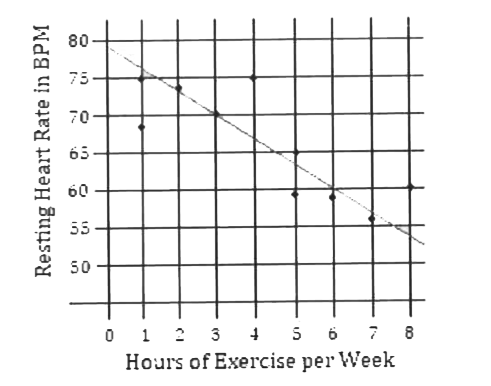A cycle is fitted with small brakes and another is fitted with very big brakes. The one which is more effective is
Small brakes
Big brakes
Both are equally effective
None
The correct Answer is:C
To determine which cycle is more effective in braking, we need to analyze the relationship between the size of the brakes and the braking force produced due to friction.
1. Understanding Braking Mechanism:
- Braking in a cycle is primarily achieved through friction between the brake pads and the wheel rim. The effectiveness of the brakes depends on the frictional force generated.
2. Frictional Force:
- The frictional force Ff can be expressed as:
Ff=μ⋅N
where μ is the coefficient of friction and N is the normal force (the force exerted by the brake pads on the wheel).
3. Effect of Brake Size:
- Larger brakes have a greater contact surface area with the wheel. This increased area allows for a larger normal force N when the brakes are applied, which in turn increases the frictional force Ff.
4. Conclusion on Effectiveness:
- Since larger brakes provide a greater contact area, they can generate a larger frictional force. Therefore, the cycle fitted with larger brakes will be more effective in stopping the cycle compared to the one with smaller brakes.
5. Final Answer:
- The cycle with very big brakes is more effective.
- Braking in a cycle is primarily achieved through friction between the brake pads and the wheel rim. The effectiveness of the brakes depends on the frictional force generated.
- The frictional force Ff can be expressed as:
Ff=μ⋅N
where μ is the coefficient of friction and N is the normal force (the force exerted by the brake pads on the wheel).
- Larger brakes have a greater contact surface area with the wheel. This increased area allows for a larger normal force N when the brakes are applied, which in turn increases the frictional force Ff.
- Since larger brakes provide a greater contact area, they can generate a larger frictional force. Therefore, the cycle fitted with larger brakes will be more effective in stopping the cycle compared to the one with smaller brakes.
- The cycle with very big brakes is more effective.
Similar Questions
Knowledge Check
Ten 25- year - old men were asked how many hours per week they exercise and their resting heart rate was taken in beats per minute (BPM). The results are shown as points in the scatterplot below, and the line of best fit is drawn.

Which of the following is the best interpretation of the slope of the line of best fit in the context of this problem?AThe predicted number of hours that a person must exercise to maintain a resting heat rate of 50 BPM.BThe predicted resting heat rate of a person that does not exercise.CThe predicted decrease in resting heart rate, in BPM, for each one - hour increase in weekly exercise.DThe predicted increase in the number of hours of exercise needed to increase the resting heart rate by one BPM.
A genetic trait with fitness of more than one will
View SolutionDraw a 'pyramid of numbers' of a situation where a large population of insects feed upon a very big tree. The insects in turn, are eaten by small birds which in turn are fed upon by big birds.
(b) Differentiate giving reason, between the pyramid of biomass of the above situation and the pyramid of numbers that you have drawn.
View SolutionDraw a 'pyramid of numbers' of a situation where a large population of insects feed upon a very big tree. The insects in turn, are eaten by small birds which in turn are fed upon by big birds.
(b) Differentiate giving reason, between the pyramid of biomass of the above situation and the pyramid of numbers that you have drawn.
View SolutionA cylinder fitted with movable piston contains liquid water in equilibrium with water vapour at 25°C. Which operation would result in a increase in the equilibrium vapour pressure.
View SolutionName and state the principal on which the hydraulic brakes of a car works.
View SolutionA motor car running at the rate of 7m/s can be stopped by brakes in 10m. Prove that the total resistance to the motion when the brakes are on is one-fourth of the weight of the car.
View SolutionWhich mechnical device to control child birth is fitted on the cervix?
View Solution
